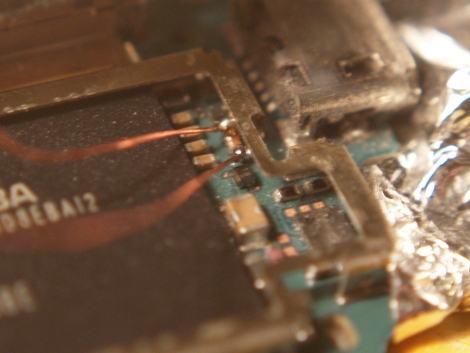
An attentive reader tipped us off to the guys at Mobacken Racing (translation), a group of Swedes dedicated to the art and craft of putting jet and rocket engines on go karts and snowmobiles.
One of the simpler builds is a pulse jet sled. Pulse jets are extremely simple devices – just a few stainless steel tubes welded together and started with a leaf blower. The simplicity of a pulse jet lends itself to running very hot and very loudly; the perfect engine for putting the fear of a Norse god into the hearts of racing opponents.
Pulse jets are a bit too simple for [Johansson], so he dedicates his time towards building a jet turbine engine. Right now it’s only on a test stand, but there’s still an awesome amount of thrust coming out of that thing, as shown in the video after the break.
In our humble opinion, the most interesting build is the 1000 Newton liquid fuel rocket engine. The liquid-cooled engine guzzles NOX and methanol, and bears a striking resemblance to liquid fuel engines we’ve seen before. Sadly, there are no videos of this engine being fired (only pics of it strapped to a go-kart), but sit back and watch a couple other hilariously overpowered engines disturbing a tranquil sylvan winter after the break.
Edit: [Linus Nilsson] wrote in to tell us while the guys at Mobacken Racing are good friends, [Linus], his brother, and third guy (his words) are responsible for the pulse jet sled. The pulse jet is actually ‘valved’ and not as simple as a few stainless steel tubes. The pulse jet isn’t started by a leaf blower, either, but a four kilowatt fan. [Linus]’ crew call themselves Svarthalet racing, and you can check out the Google translation here.
Continue reading “Riding Rockets And Jets Around The Frozen Wastes Of Sweden”

















